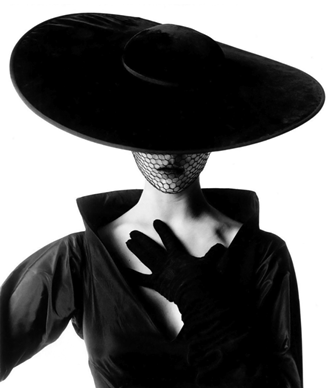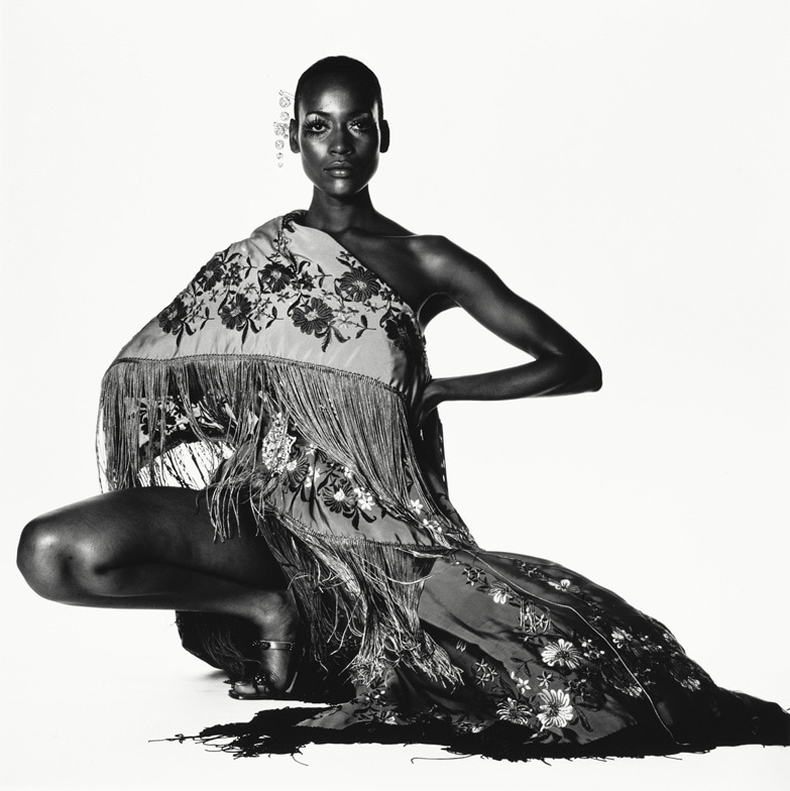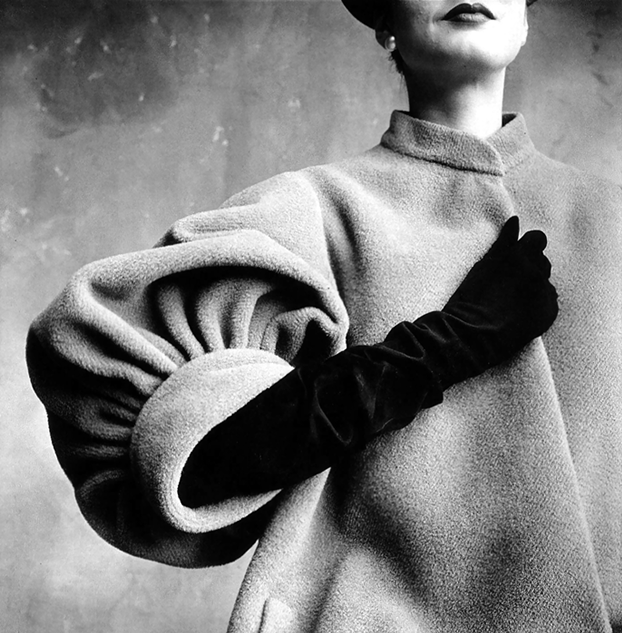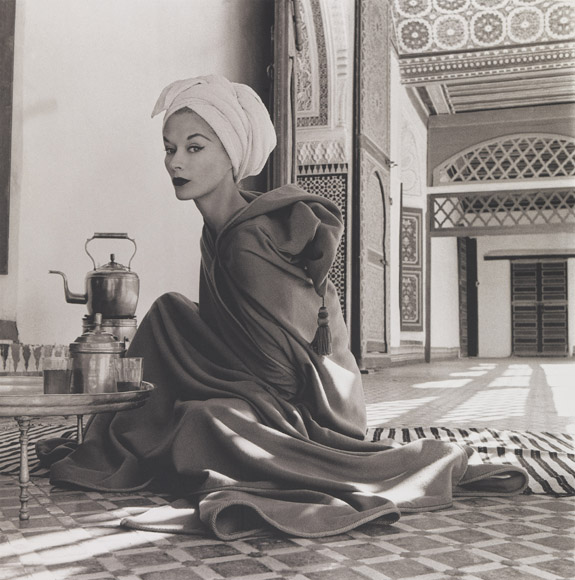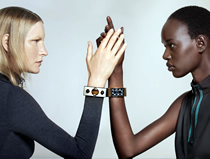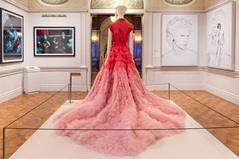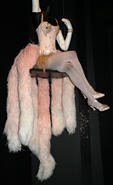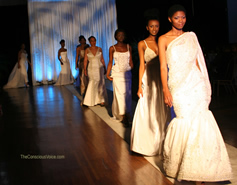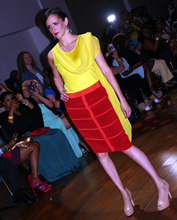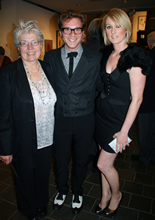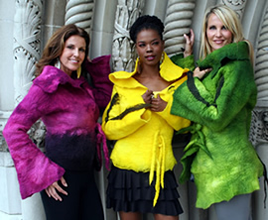|
|
|
|---|
IRVING PENN: Centennial
|
|
|---|---|
Irving Penn (1917–2009), known for his iconic fashion, portrait and still life images that appeared in Vogue magazine, ranks as one of the foremost American photographers of the 20th century. His work in now on view in two major exhibitions. Irving Penn: Beyond Beauty, is on view at the Frick Art & Historical Center in Pittsburgh, thru September 10, 2017. This major retrospective marks the centennial of the artist's birth and is the most comprehensive exhibition of his work to date. It includes both masterpieces and formerly unknown prints from all his major series. Over the course of his nearly 70-year career, Penn mastered a pared-down aesthetic of studio photography that is distinguished for its meticulous attention to composition, nuance, detail, and printmaking.
(above right)
Miles Davis by Irving Penn
|
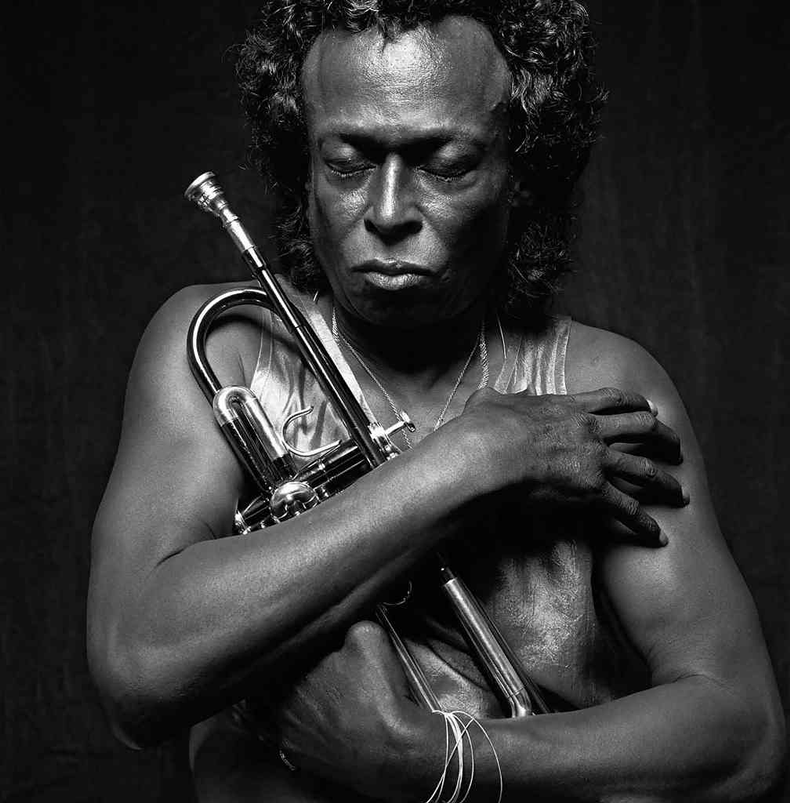 |
Long celebrated for more than six decades of influential work at Vogue magazine, Penn was first and foremost a fashion photographer. His early photographs of couture are masterpieces that established a new standard for style photograpy. He continued to record the cycles of fashions year after year in exquisite images characterized by striking shapes and formal brilliance. His rigorous modern compositions, minimal backgrounds, and diffused lighting were innovative and influential. Penn’s aesthetic and technical skill earned him accolades in both the artistic and commercial worlds. He was a master of both black-and-white and color photography, and his revival of platinum printing in the 1960s and 1970s was a catalyst for significant change in the art world. He was one of the first photographers to cross the chasm that separated magazine and fine-art photography, narrowing the gap between art and fashion. Penn’s portraits and fashion photographs defined elegance in the 1950s, yet throughout his career he also transformed mundane objects - storefront signs, food, cigarette butts, street debris - into memorable images of unexpected, often surreal, beauty. Penn dealt with so many subjects throughout his long career that he is conventionally seen either with a single lens - as the portraitist, fashion photographer, or still life virtuoso - or as the master of all trades, the jeweler of journalists who could fine-tool anything. The Met exhibition charts a different course, mapping the overall geography of the work and the relative importance of the subjects and campaigns the artist explored most creatively. |
|---|
|
|
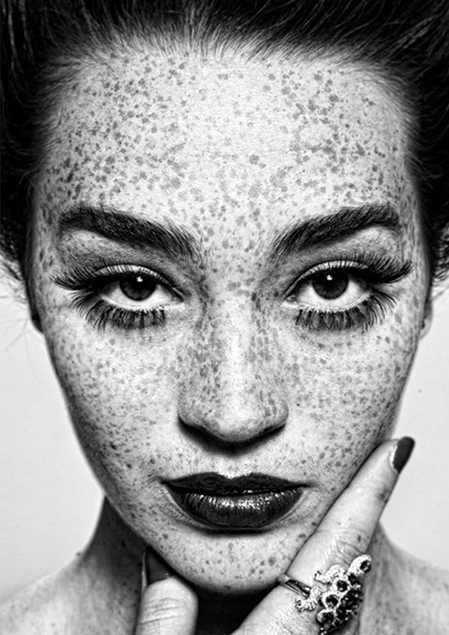 |
|---|---|---|
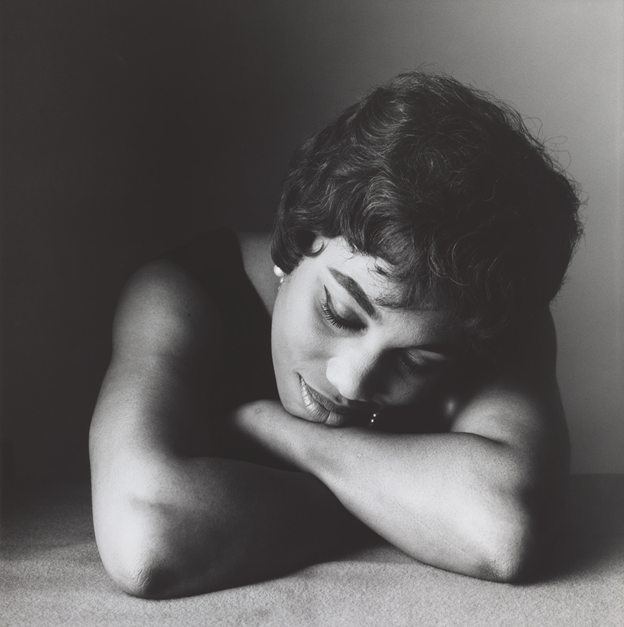 |
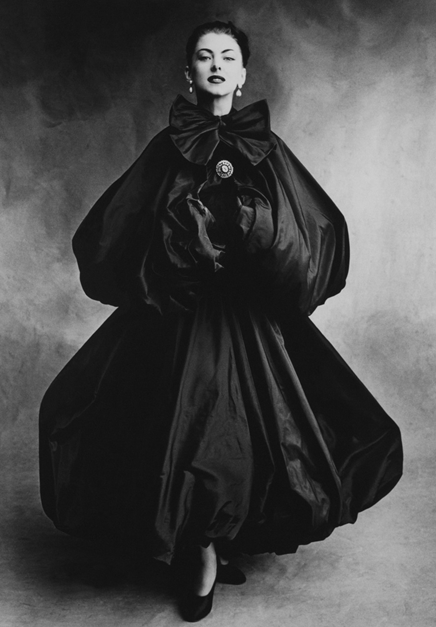 |
A selection of photographs by Irving Penn, including:
'Balenciaga Sleeve' Paris, 1950
Irving Penn, Leontyne Price, New York, 1961, Smithsonian American Art Museum, Gift of the Irving Penn Foundation. Copyright © Condé Nast
(right) Irving Penn, Woman in Moroccan Palace (Lisa Fonssagrives-Penn), Marrakech, 1951, printed 1969, Smithsonian American Art Museum, Gift of the artist. Copyright © Condé Nast |
|
|---|
The exhibition explores the following series: street signs, the American South, and Mexico; fashion and style, with many classic photographs of Lisa Fonssagrives-Penn, the former dancer who became the first supermodel as well as the artist's wife; portraits of indigenous people in Cuzco, Peru; the Small Trades portraits of urban laborers; portraits of beloved cultural figures from Truman Capote, Joe Louis, Picasso, and Colette to Alvin Ailey, Ingmar Bergman, and Joan Didion; the infamous cigarette still lifes; portraits of the fabulously dressed citizens of Dahomey (Benin), New Guinea, and Morocco; the late "Morandi" still lifes; voluptuous nudes; and glorious color studies of flowers. These subjects chart the artist's path through the changes in fashion itself and in editorial approach, the fortunes of the picture press in the age of television, the moral condition of the American conscience during the Vietnam War era, the growth of photography as a fine art in the 1970s and 1980s. Penn generally worked in a studio or in a traveling tent that served the same purpose, and favored a simple background of white or light gray tones. His preferred backdrop was made from an old theater curtain found in Paris that had been softly painted with diffused gray clouds. This backdrop followed Penn from studio to studio; a companion of over 60 years, it will be displayed in one of the Museum's galleries among celebrated portraits it helped create. Other highlights of the exhibition include newly unearthed footage of the photographer at work in his tent in Morocco; issues of Vogue magazine illustrating the original use of the photographs; and several of Penn's drawings shown near similar still life photographs. Irving Penn: Centennial is co-curated by Maria Morris Hambourg, independent curator and the founding curator of The Met's Department of Photographs, and Jeff L. Rosenheim, Joyce Frank Menschel Curator in Charge of the Department of Photographs at The Met. The exhibition is accompanied by a 372-page book with 365 illustrations, including full-page reproductions of all the photographs exhibited, by Maria Morris Hambourg and Jeff L. Rosenheim.
Can't make it to New York this summer? Irving Penn: Beyond Beauty, is organized by the Smithsonian American Art Museum; it opens at the Wichita Art Museum in Wichita, Kansas, Sept. 30, 2017 and will be on view through Jan. 7, 2018 |
|---|
| STYLE. ARCHIVES. |
|---|
|
2016 Design Awards |
|
Beauty: Design Triennial |
||||||
|---|---|---|---|---|---|---|---|---|---|
|
Posing Beauty |
|
Hollywood Costume |
Africa Royale at Howard |
||||||
|
NOVA Fashion Week |
Charles Kleibacker Memorial |
|
Cocktails & Catwalk |

